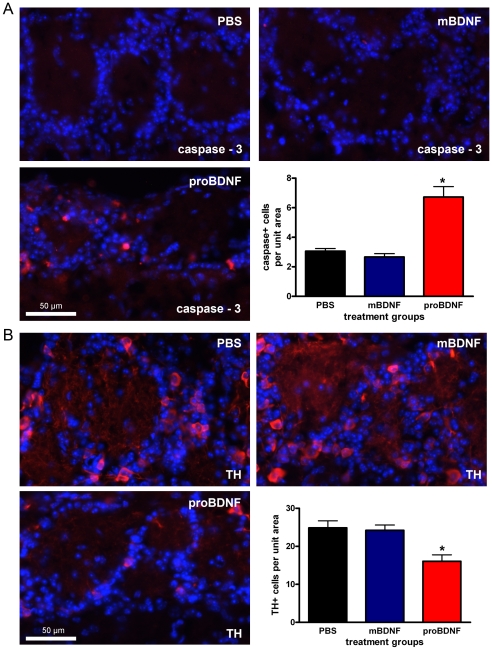Figure 4. ProBDNF intranasal delivery (IND) increases activated-caspase 3 immunoreactivity and reduces tyrosine hydroxylase immunoreactivity.
(A) Representative photomicrographs taken of the mouse glomerular layer following a five day treatment of: PBS, mature BDNF, or proBDNF as administered by IND. Cryosections were incubated with activated-caspase 3 antiserum (1∶100) (red) and with DAPI nuclear stain (blue) to visualize immunoreactive glomerular cells. Bar plot of the mean (± s.e.m.) number of activated-caspase 3 immunoreactive glomerular cells per treatment condition per 93,500 µm2 field of view. (B) Same as in A but cryosections were incubated with tyrosine hydroxylase (TH) antiserum (1∶4,000) (red). * = Significantly-different by a one-way ANOVA with a Student-Newman-Keuls post-hoc test (snk) (N = 3, α≤0.05).

